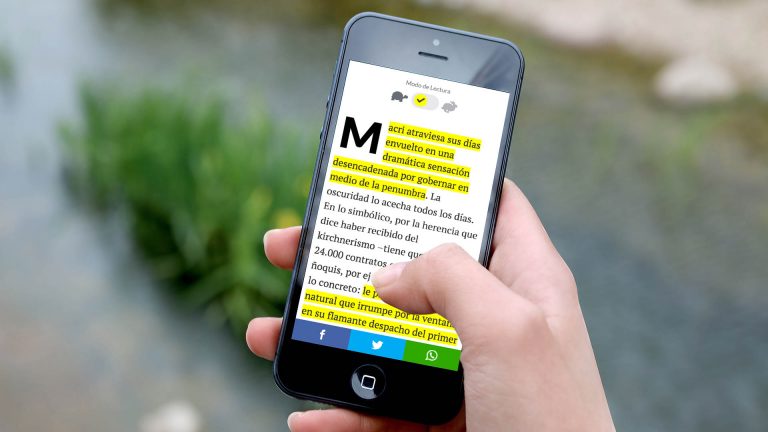New function: fast reading
Today we process information quickly. Before spending time reading an article we scan its content to determine if it is worth the investment of time, if not we go to another page in search of our objective.

The theory of information tracking indicates that Internet users behave in the same way as a wild animal looking for food. They have a clear objective and they begin their search by looking for traces of what they need. Any trace (link, text, image) that allows them to make progress towards their goal will be followed, while any element that is perceived as not relevant or annoying (not relevant ads, content that seems one thing but is another …) is ignored.
Already in the 19th century reader’s behavior was analyzed, but with the advent of reading tracking technology (Eyetracking) in the 1990s, it was demonstrated with absolute precision that users “jump” from sector to sector of the same article trying to find the relevant points that, in the shortest possible time, allow them to put together the story.
During a brainstorming session on the subject at iconosur, Agustin D’Elia, our technology expert, connected an idea and a solution: «Journalists have always been highlighting the important content of texts, on the Internet these extracts can be detected and regrouped »he thought.
This is how the new Fast Reading functionality came about. Then came the discussion of what to do with the rest of the text. We came to the conclusion that the best option would be to have the possibility of expanding it at the request of the user.
We created a first version of the functionality and tested it on texts from BigBangNews.com without giving any notice to the Journalists and it worked. The article reduced to its highlights was understood. But we had to test it with real users.
For the testing stage we created 2 articles in both versions. Slow and fast. We asked users to each read a different version and to notify once they were done. The result was that users of the quick version finished reading much faster than those of the full articles and although they did not have the same informative detail as their peers, they could perfectly explain the essential content of the story.
The theory was correct and the tool works technically. Now it is up to Journalists to take into account that their articles can be read in both modes, and to choose what to highlight from the story.

